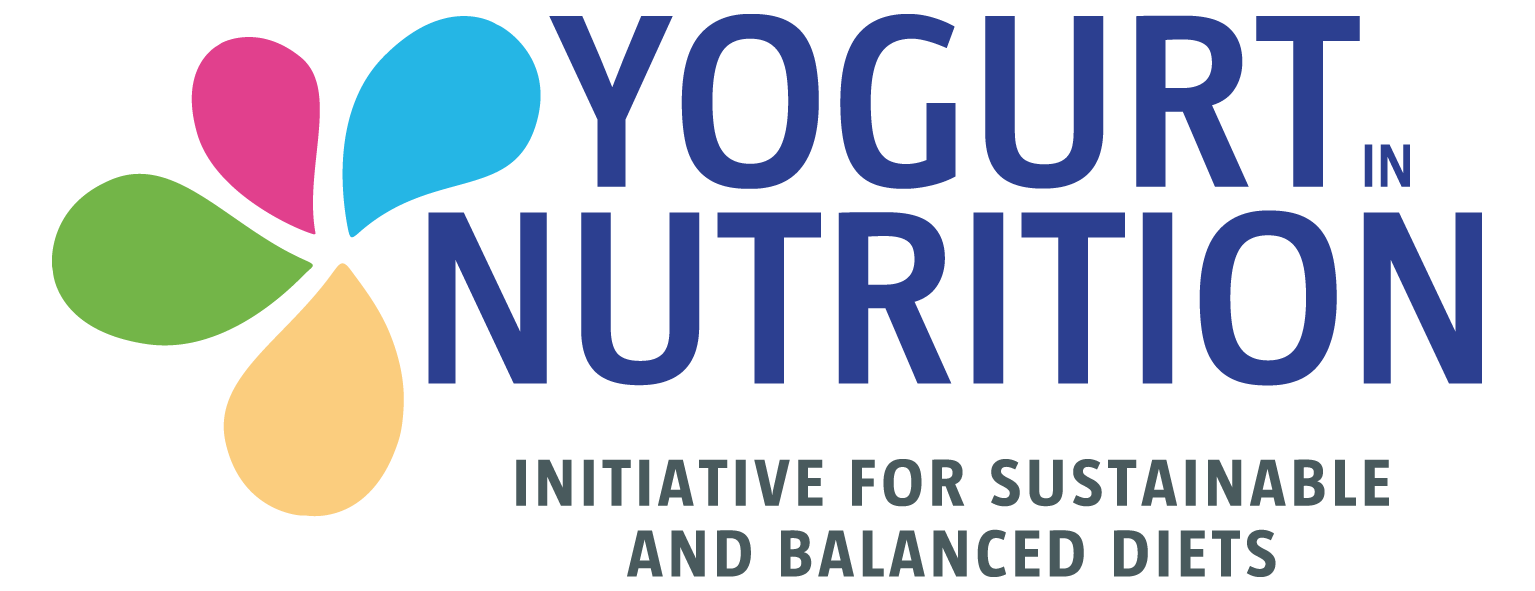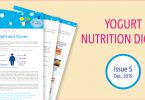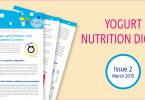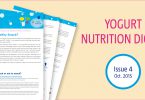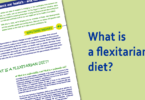Physical & chemical characteristics of food & satiety: Thick or thin?
Sensory attributes of foods and beverages play an important role in eating behaviour. For example, the physical form of a food can alter the sensation of fullness and satiety. Overall, study results consistently demonstrate that texture and viscosity affect different aspects of feeding behaviour, for example, ratings of hunger and fullness.
Thick or thin?
Meal viscosity is an important determinant of satiety. Maricani et al (16) investigated the interaction between meal viscosity and nutrient content on the gastric emptying and satiety in humans. The results of this study showed that viscosity and calorie content have an additive effect on delaying gastric emptying and increasing the sense of satiety during meal consumption. High meal viscosity had a greater effect on the sense of satiety.
A crossover study by Mattes (17) examined the effects of viscosity on appetite in a comparison of thick and thin shakes. Hunger ratings were significantly lower following the ingestion of the more viscous shake and remained lower than baseline for a longer period of time. Postprandial satiety scores were higher after ingestion of more viscous foods as compared to liquid foods.
